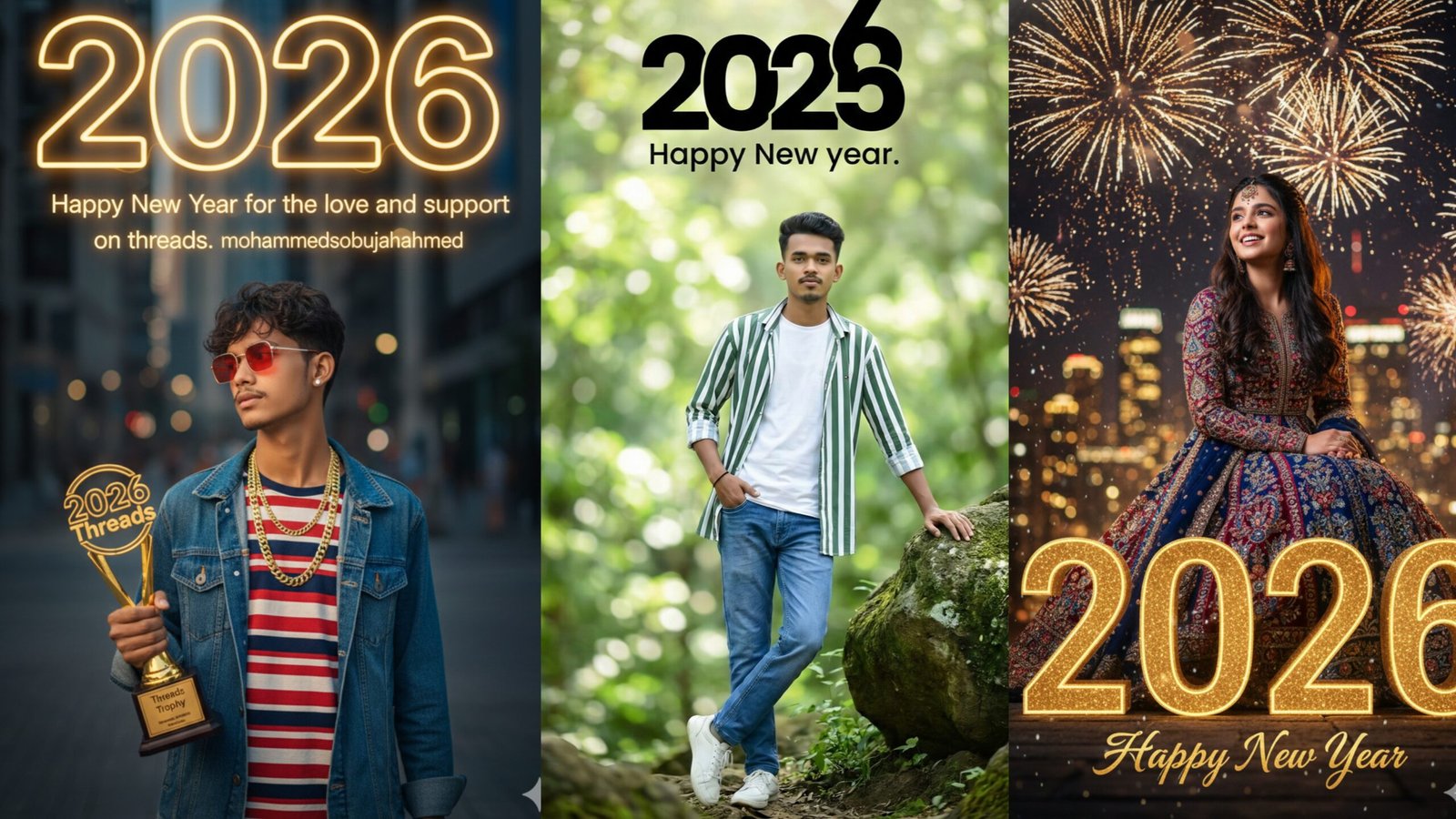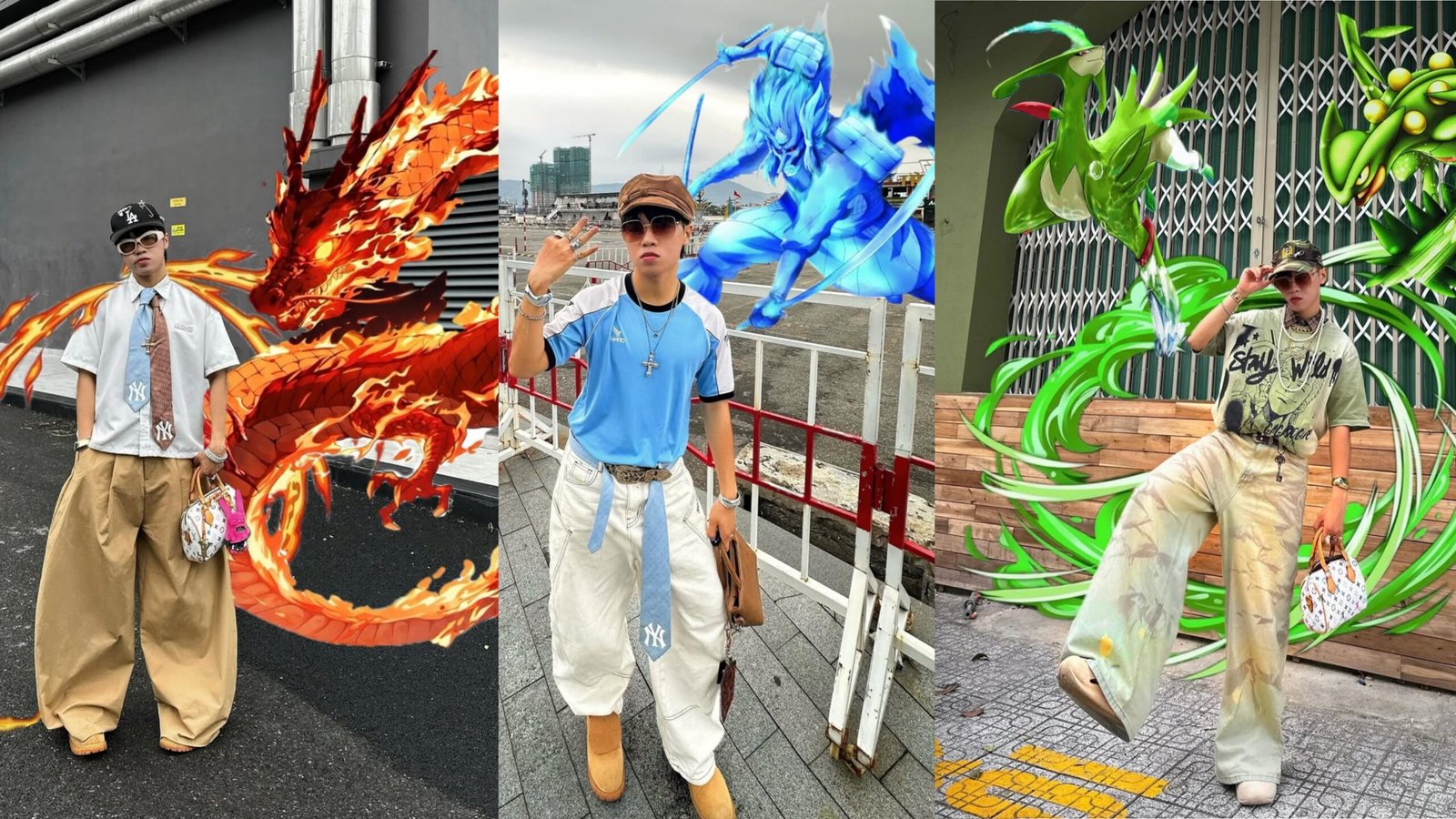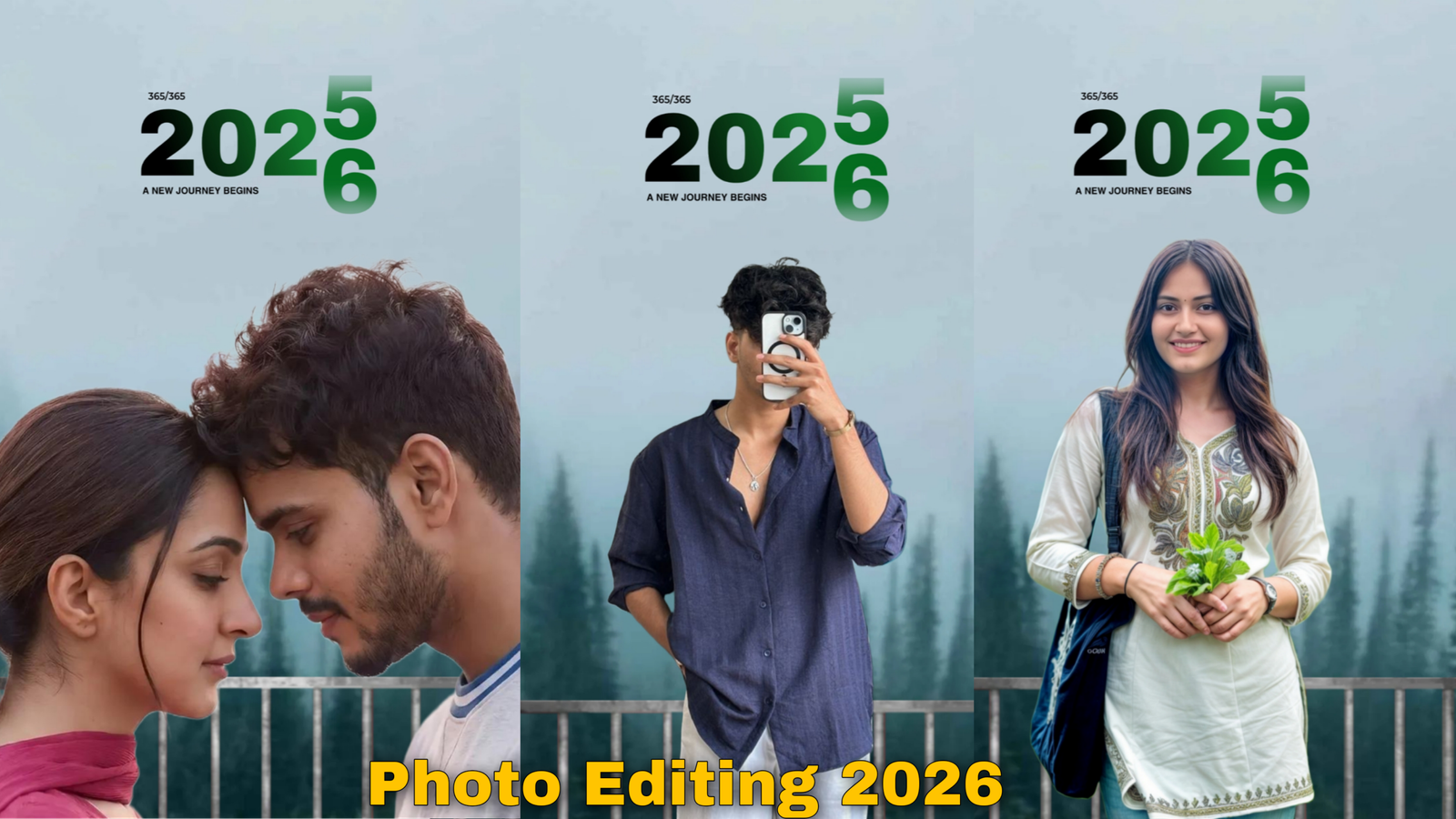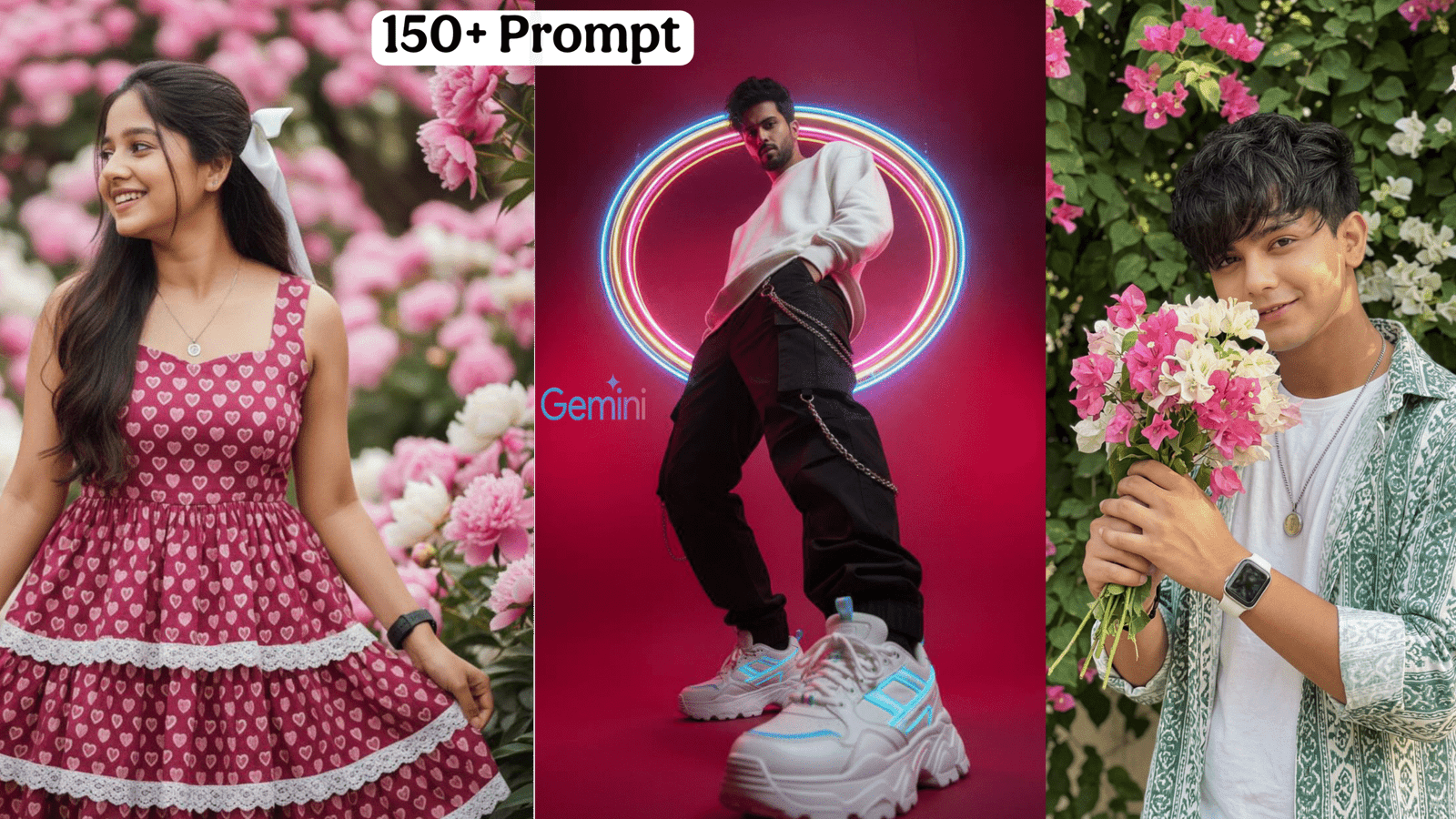In the evolving landscape of digital photography, the journey from a raw capture to a polished, captivating image often culminates in the digital darkroom. Among the myriad of tools available, Adobe Lightroom consistently emerges as a top contender, widely regarded by professionals and enthusiasts alike as the “best photo editing” software for a comprehensive workflow. More than just an editor, Lightroom is an entire ecosystem designed to empower photographers to manage, enhance, and share their visual stories with unparalleled efficiency and creative control.
This article will delve into what makes Lightroom the go-to choice for so many, exploring its core strengths, key features, and how it streamlines the photographic process. We’ll examine why, for the vast majority of photographic needs, Lightroom stands out in 2025 as the quintessential tool, benefiting users from the bustling streets of Guwahati, Assam, to global studios.
The Ecosystem Advantage: Beyond Just Editing
One of Lightroom’s most compelling arguments for being the “best photo editing” software isn’t just its editing capabilities, but its holistic approach to the entire photographic workflow. Unlike pixel-level editors like Photoshop, Lightroom is built from the ground up for photographers, offering:
- Robust Cataloging and Organization: Lightroom excels at managing large volumes of images. Its powerful cataloging system allows you to import, organize, keyword, rate, flag, and search through thousands of photos with ease. This hierarchical structure ensures that your images are always discoverable, transforming chaotic folders into a highly organized and searchable library.
- Non-Destructive Editing: This is a cornerstone of Lightroom’s appeal. Every adjustment you make in Lightroom (be it exposure, color, or a local correction) is recorded as a set of instructions rather than directly altering your original image file. This means your RAW files remain pristine, and you can revisit and modify any edit at any point, offering unparalleled flexibility and peace of mind.
- Seamless Cross-Device Sync (Cloud-Based Lightroom): For photographers on the go, the cloud-based version of Lightroom (distinct from Lightroom Classic) offers seamless synchronization across desktop, mobile, and web. Start an edit on your phone in Guwahati, continue on your laptop, and preview on a tablet – all your changes are synced in real-time, making it incredibly versatile.
Key Features That Make Lightroom Shine in 2025
Lightroom’s power lies in its comprehensive suite of intuitive and sophisticated tools, constantly enhanced by Adobe’s commitment to innovation, particularly with AI integration.
1. Intuitive and Powerful Global Adjustments:
Lightroom’s “Basic” panel is where most edits begin, offering easy-to-use sliders that provide immediate and impactful results:
- Exposure, Contrast, Highlights, Shadows, Whites, Blacks: These fundamental controls allow for precise manipulation of an image’s overall brightness, dynamic range, and tonal distribution.
- White Balance (Temperature & Tint): Critically important for accurate color representation, allowing you to correct color casts and set the mood.
- Vibrance & Saturation: Fine-tune the intensity of colours, with Vibrance intelligently boosting muted tones without over-saturating skin tones.
- Clarity, Texture, Dehaze: These tools add punch, fine detail, or atmospheric correction, significantly impacting the perceived sharpness and depth of an image.
2. Advanced Color Control (HSL/Color Mixer & Color Grading):
Lightroom offers unparalleled control over color:
- HSL (Hue, Saturation, Luminance) / Color Mixer: Isolate and adjust individual color ranges. Want to make the blues of the sky pop or subtly shift the greens in foliage? HSL provides surgical precision.
- Color Grading: A sophisticated tool that allows photographers to independently tint the shadows, midtones, and highlights with specific colors, enabling the creation of complex and cinematic color palettes.
3. Revolutionary AI-Powered Masking (Local Adjustments):
This is where Lightroom truly demonstrates its position as the “best photo editing” software for modern workflows. Instead of affecting the entire image, AI-powered masking allows for highly precise, localized adjustments:
- Select Subject, Select Sky, Select People, Select Objects: Leveraging Adobe Sensei AI, Lightroom can automatically and accurately detect and mask these elements with a single click. This feature alone is a massive time-saver for portrait, landscape, and product photographers.
- Brush, Radial & Linear Gradients: Traditional but still powerful tools for manually “painting” in adjustments or applying gradual effects.
- Range Masks (Color & Luminance): Refine your masks by targeting specific color ranges or brightness levels within an already selected area, offering incredibly granular control.
4. Detail Enhancement (Sharpening & Noise Reduction):
Ensuring your images are crisp and clean:
- Sharpening: Enhance edge definition. Lightroom’s masking slider here prevents sharpening noise in smooth areas.
- Noise Reduction: Effectively reduce digital noise (grain) that appears in low-light images. Lightroom’s dedicated AI Denoise feature, introduced recently, delivers exceptional, clean results that were once only achievable with dedicated plugins or in Photoshop.
5. Optics and Geometry Corrections:
Fixing lens imperfections and perspective issues is straightforward:
- Lens Corrections: Automatically correct lens distortions (barrel/pincushion), chromatic aberration, and vignetting based on your camera’s lens profile.
- Geometry / Transform: Straighten skewed lines, correct converging verticals (common in architectural photography), and fix distorted perspectives with powerful Upright tools and manual controls.
6. Generative Remove (AI-Powered Retouching):
A game-changing addition, Generative Remove (part of the Healing Brush tools) utilizes generative AI to intelligently remove unwanted objects or distractions from your photos, seamlessly filling in the background. This goes far beyond traditional healing tools, allowing for the removal of larger, more complex elements with remarkable accuracy.
7. Presets and Profiles:
Speeding up your workflow and establishing a consistent style:
- Built-in Presets & Adaptive Presets: Apply pre-defined looks with a single click. Adaptive Presets use AI to intelligently apply different adjustments to specific parts of your image (e.g., brightening skin, enhancing skies).
- Custom Presets: Create and save your own unique editing styles, allowing for consistent application across entire shoots.
- Profiles: Foundational adjustments that affect how Lightroom interprets your RAW data, including camera-matching profiles that emulate your camera’s in-camera styles.
Lightroom Classic vs. Lightroom (Cloud): Which is Best for You?
Adobe offers two main desktop versions, leading to common questions about which is the “best photo editing” option:
- Lightroom Classic: This is the traditional, desktop-centric application favored by many professional photographers for its robust local catalog management, advanced tethered shooting capabilities, and extensive plugin support. Images are primarily stored on your local hard drives.
- Lightroom (Cloud-Based): This version is designed for seamless cloud integration, automatic backup, and cross-device editing. It’s ideal for photographers who want to access and edit their photos from anywhere on any device (desktop, mobile, web) with automatic cloud syncing.
Both versions share the same powerful editing engine and tools, with the choice largely depending on your workflow and storage preferences. The common Adobe Photography Plan often includes both, allowing users to leverage the strengths of each.
Lightroom vs. Photoshop: A Complementary Duo, Not Competitors
It’s crucial to understand that Lightroom is generally considered the “best photo editing” software for photographic workflow and enhancement, while Photoshop is the industry standard for pixel-level manipulation, compositing, graphic design, and intensive retouching. They are typically used in tandem:
- Lightroom First: For 90-95% of photo editing needs – global adjustments, color correction, basic retouching, cropping, sharpening, and powerful batch processing.
- Photoshop Second: When an image requires complex layering, object removal that needs pixel-perfect precision, advanced compositing (e.g., swapping skies, adding elements), graphic design elements, or highly specific brush work.
Many photographers will only ever need Lightroom for their daily work, reinforcing its standing as the primary and often “best photo editing” tool.
SEO Best Practices for “Best Photo Editing Lightroom” Content
To maximize the visibility and search engine ranking of an article focused on “best photo editing Lightroom”:
- Primary Keyword Prominence: Ensure “best photo editing Lightroom” appears naturally in the title, H1, H2, introduction, and conclusion.
- Long-Tail Keywords: Incorporate related searches such as “Lightroom photo editing features,” “Lightroom vs Photoshop best,” “why Lightroom is best for photographers,” “Lightroom workflow tips,” “professional photo editing software Lightroom,” “Lightroom AI editing,” and “Lightroom 2025 features.”
- Feature-Specific Keywords: Detail specific tools like “Lightroom masking,” “Generative Remove Lightroom,” “Lightroom AI Denoise,” “Lightroom color grading,” and “Lightroom presets.”
- Comparison Keywords: Include terms like “Lightroom Classic vs Lightroom CC” or “Lightroom alternatives” to capture comparative search intent.
- User Intent: Structure the article to answer common user questions about why Lightroom is considered the best, what features it offers, and how it fits into a workflow.
- Internal and External Linking: Link to official Adobe pages, reputable photography tutorials, and articles on specific Lightroom features to provide further context and build authority.
- Optimized Images: If using screenshots, ensure they have descriptive alt text and file names (e.g.,
Lightroom-AI-masking-example.jpg). - Mobile Responsiveness: Ensure the content is easily readable and navigable on all devices.
- Schema Markup: Consider using schema markup for software application reviews to enhance rich snippets in search results.
- Geographic Relevance (if applicable): While a broad topic, mentioning “Guwahati, Assam” subtly as a location from where photographers might be leveraging Lightroom grounds the content locally without over-optimizing.
Conclusion
For photographers in 2025, from seasoned professionals to passionate hobbyists, Adobe Lightroom remains the undisputed champion for managing, enhancing, and refining digital images. Its unparalleled organizational capabilities, non-destructive editing workflow, powerful and intuitive tools (now significantly augmented by cutting-edge AI features like Generative Remove and intelligent masking), and seamless cloud integration make it the definitive choice for the vast majority of photo editing tasks. While Photoshop continues to be essential for highly specialized, pixel-level manipulation, Lightroom’s comprehensive ecosystem solidifies its position as the “best photo editing” software for streamlining the creative process and bringing photographic visions to life with brilliance.









